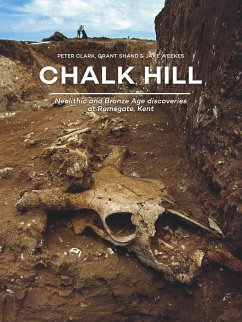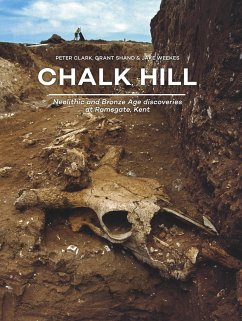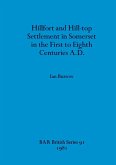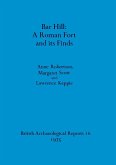Excavations at Chalk Hill, Ramsgate in south-eastern Britain were primarily aimed at investigating the remains of a possible early Neolithic causewayed enclosure visible on aerial photographs. However, the monument could not in fact be categorised as a causewayed enclosure, but instead represented a type of early Neolithic ritual monument unique to the British Isles.The earliest significant features recorded on the site dated to the early Neolithic (roughly 3700-3600 cal BC). They took the form of three concentric arcs of intercutting pit clusters forming discrete 'segments', the fills of which produced rich assemblages of pottery, flintwork, animal bone and other material. Much of this material appeared to have been deliberately placed in the pits rather than representing casual disposal of refuse. There are indications that material placed in different pits at different times may have derived from the same source, a 'midden' or some such which was not located during the excavations. The pit clusters appeared to have resulted from repeated pit-digging in the same location over an extended period of time. The site therefore contributes a more nuanced understanding of the heterogeneity of monumental architecture in the early Neolithic of the British Isles.This report is therefore critical for understanding the early Neolithisation of southern Britain, the relations between Neolithic incomers and indigenous Mesolithic hunter-gatherers, the potential creolisation of different cultural groups and cross-Channel relations in the early 4th Millennium BC.The site probably went out of use in around 3600 cal BC, and subsequent use of the landscape in the Bronze Age and later periods is evocative of the perception of 'special places' in the landscape long after they were abandoned.With contributions by Enid Allison, Alex Bayliss, Robin Bendrey, Christopher Bronk Ramsey, Kate Clark, Alex Gibson, Chris Green, Louise Harrison, Frances Healy, Linda Hurcombe, Rob Ixer, Jacqueline McKinley, Barbara McNee, Ruth Pelling, Nicola Powell, Louise Rayner, Paula Reimer, Johannes van der Plicht, Alasdair Whittle and Tania WilsonContents1. Introduction 2. Early Prehistoric Landscapes3. Later Prehistoric Landscapes4. Early Historic Landscapes5. Discussion: An Interpretation of the 'Causewayed Enclosure' (Jake Weekes)6. Discussion: Chalk Hill in its Prehistoric and Historic context (Peter Clark)List of referencesAppendix I: Inner Arc Segment CatalogueAppendix II: Middle Arc Segment CatalogueAppendix III: Outer Arc Segment CatalogueAppendix IV: Early Prehistoric Pottery Sherd Groups
Hinweis: Dieser Artikel kann nur an eine deutsche Lieferadresse ausgeliefert werden.
Hinweis: Dieser Artikel kann nur an eine deutsche Lieferadresse ausgeliefert werden.








